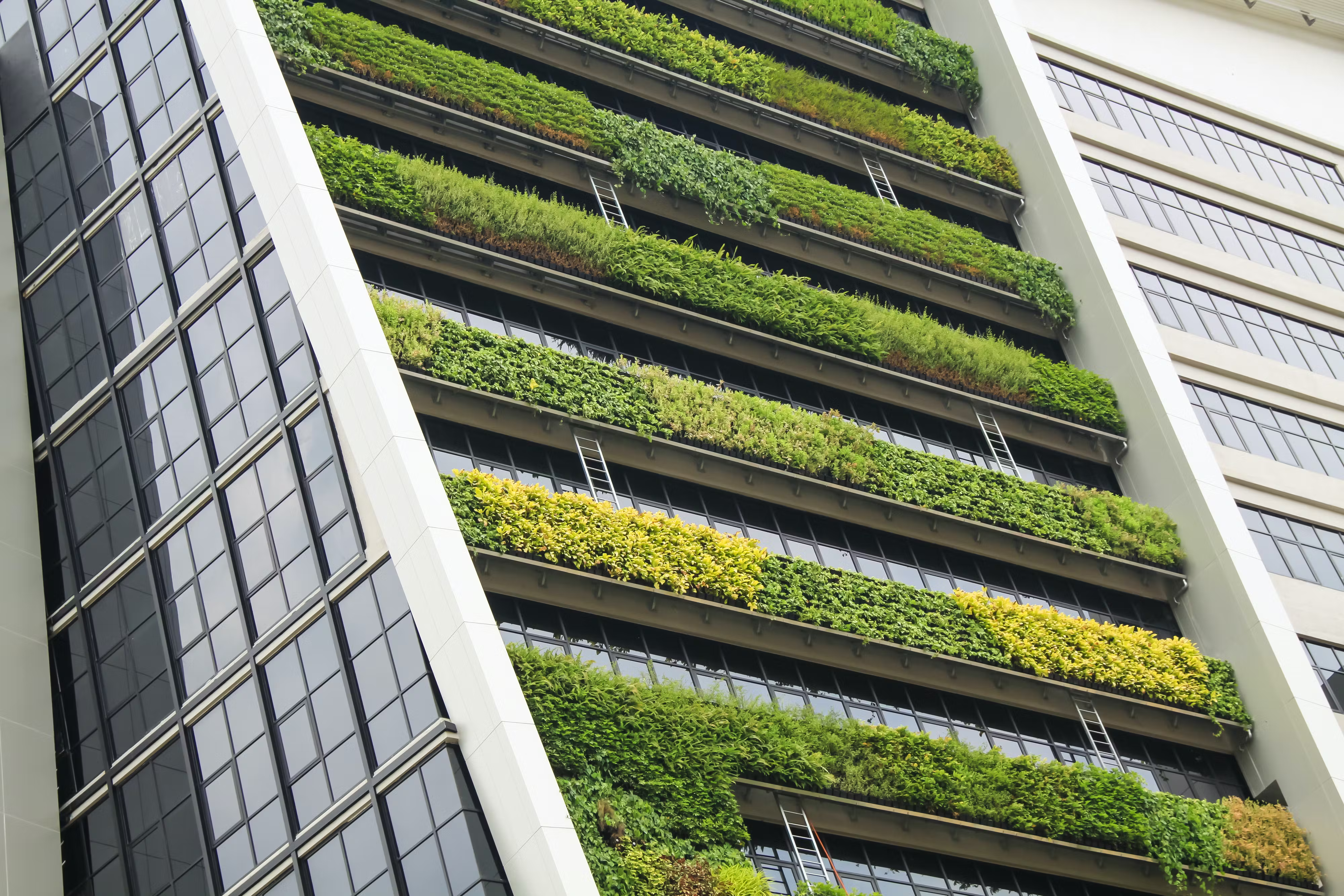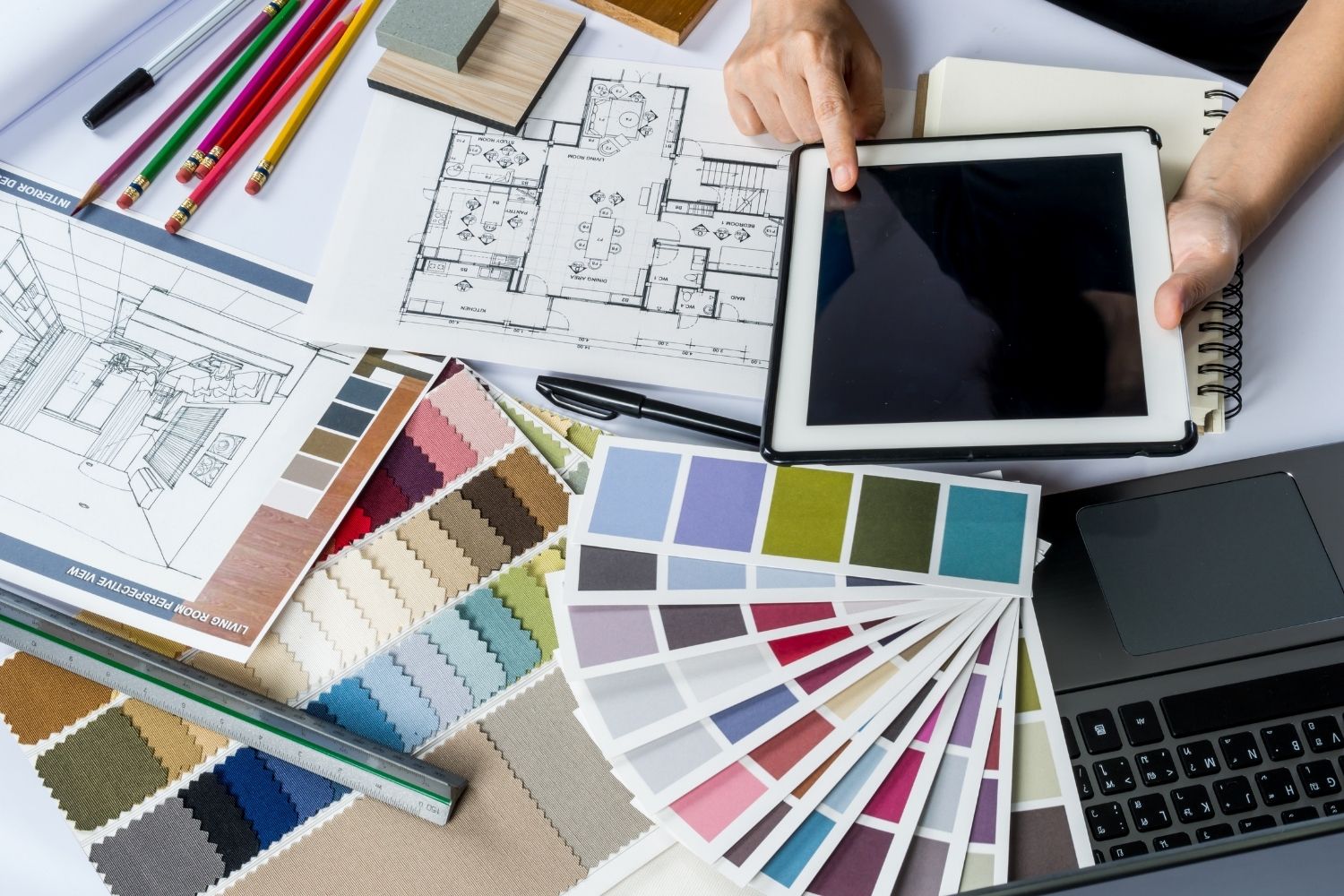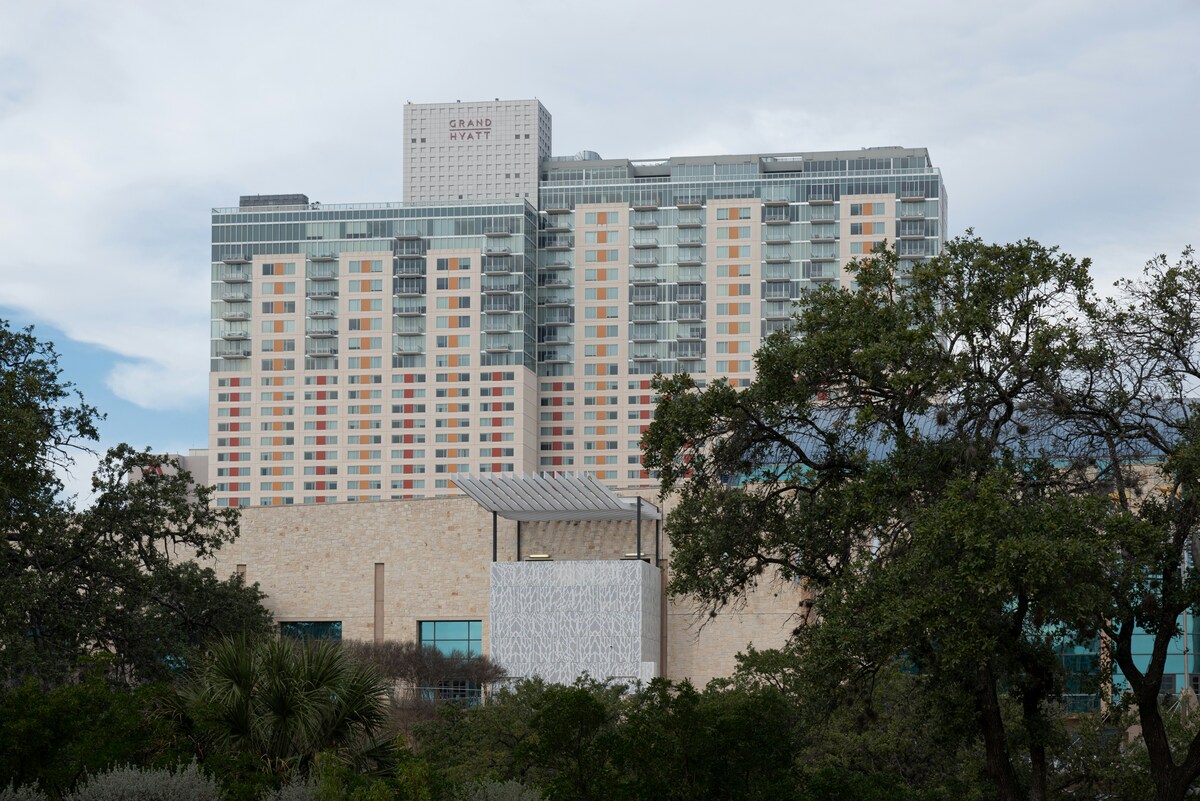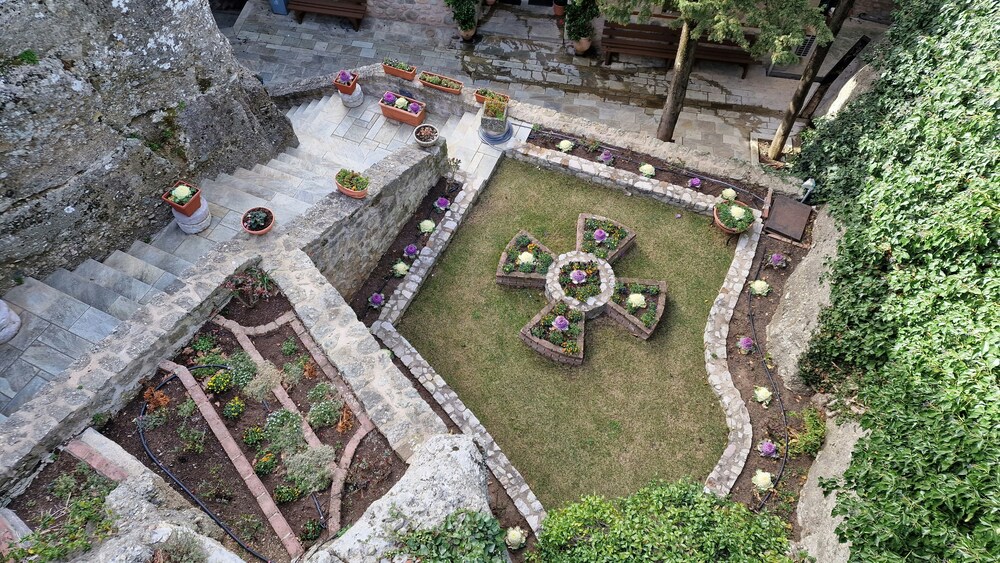- Home
- Articles
- Architectural Portfolio
- Architectral Presentation
- Inspirational Stories
- Architecture News
- Visualization
- BIM Industry
- Facade Design
- Parametric Design
- Career
- Landscape Architecture
- Construction
- Artificial Intelligence
- Sketching
- Design Softwares
- Diagrams
- Writing
- Architectural Tips
- Sustainability
- Courses
- Concept
- Technology
- History & Heritage
- Future of Architecture
- Guides & How-To
- Art & Culture
- Projects
- Interior Design
- Competitions
- Jobs
- Store
- Tools
- More
- Home
- Articles
- Architectural Portfolio
- Architectral Presentation
- Inspirational Stories
- Architecture News
- Visualization
- BIM Industry
- Facade Design
- Parametric Design
- Career
- Landscape Architecture
- Construction
- Artificial Intelligence
- Sketching
- Design Softwares
- Diagrams
- Writing
- Architectural Tips
- Sustainability
- Courses
- Concept
- Technology
- History & Heritage
- Future of Architecture
- Guides & How-To
- Art & Culture
- Projects
- Interior Design
- Competitions
- Jobs
- Store
- Tools
- More

As we navigate through the unfolding narrative of the 21st century, it has become increasingly evident that our built environment plays a critical role in our global quest for sustainability. This journey has sparked fresh perspectives on an old idea: green architecture. Although its principles have existed for decades, it’s now that they have started to take center stage, invigorated by new techniques, technologies, and an evolving understanding of our symbiotic relationship with nature.
The significance of green architecture cannot be overstated in our contemporary world. As our planet grapples with the consequences of climate change, from rising temperatures and sea levels to more frequent and severe weather events, it has become clear that our traditional ways of building are unsustainable. Our buildings account for almost 40% of global energy consumption and approximately a third of greenhouse gas emissions. Furthermore, they often contribute to environmental degradation and biodiversity loss through land use change and resource extraction.
Green architecture offers a path to mitigate these impacts. By focusing on energy efficiency, resource conservation, and ecological integration, it aims to drastically reduce the environmental footprint of our buildings. But the benefits extend beyond the environmental realm. Green buildings tend to create healthier and more comfortable living and working spaces, thanks to improved air quality, natural light, and connection to the outdoors. They can also deliver economic benefits, from savings in energy costs to increased property values.
But perhaps the most profound importance of green architecture lies in its capacity to shift our perspectives. By demonstrating that it’s possible to create buildings that are both functional and sustainable, it challenges us to rethink our relationship with the natural world. It pushes us to recognize that we are not separate from nature, but a part of it — and that by aligning our built environment with ecological principles, we can contribute to the well-being of our planet and ourselves.

The Pivotal Role of Green Architecture
Today, green architecture is seen as the bridge that connects our built environment to the natural world. It isn’t just about eco-friendly buildings but integrating entire ecosystems into urban environments, taking into account not only the structures themselves but their broader impact on the environment and local communities. By doing so, architects create buildings that not only ‘do no harm’ but actively participate in restoring ecological balance and improving societal wellbeing.
New Techniques and Technologies
Technology has always been a significant driver for architectural innovation, and in the realm of green architecture, it has opened up unprecedented possibilities. From passive cooling and heating systems that minimize energy consumption, to intelligent facades that respond to changes in weather and light, these advancements allow buildings to adapt and respond to their environment in real-time.
Emerging material sciences offer even more potential. Biomimicry, for example, looks at how nature solves problems and applies these lessons in architecture. Researchers are experimenting with ‘living’ building materials that can self-repair, sequester carbon, and even adapt to their surroundings. The potential for such materials could redefine our relationship with buildings, shifting our perspective from buildings as static entities to dynamic, living organisms.
But perhaps the most profound importance of green architecture lies in its capacity to shift our perspectives. By demonstrating that it’s possible to create buildings that are both functional and sustainable, it challenges us to rethink our relationship with the natural world. It pushes us to recognize that we are not separate from nature, but a part of it — and that by aligning our built environment with ecological principles, we can contribute to the well-being of our planet and ourselves.

Societal Shifts
The evolution of green architecture is intrinsically tied to our changing societal attitudes towards the environment. As environmental literacy grows, so too does the demand for sustainable solutions. Green architecture, therefore, isn’t just the purview of architects and designers. It’s the responsibility of everyone, from policymakers and city planners to businesses and the general public, to prioritize sustainable design and construction practices.
This societal shift is reflected in the rising popularity of net-zero buildings, urban farming, and green roofs. These aren’t just standalone features but form part of a larger vision for sustainable cities where green spaces are interspersed with urban infrastructure, and renewable energy sources power our homes and workplaces.
The Future of Green Architecture
Looking ahead, the possibilities for green architecture are boundless. As we refine our techniques, improve our technologies, and deepen our understanding of the world around us, we can expect green architecture to continue evolving. Future designs might incorporate advancements like nanotechnology, biotechnology, and artificial intelligence, offering a level of efficiency and adaptability that we can only dream of today.
In closing, green architecture presents an exciting path forward in our collective journey towards a sustainable future. While the challenges are significant, so too are the opportunities. With new perspectives, innovative approaches, and a growing societal commitment to sustainability, we’re well-positioned to redefine our built environment and, in doing so, create a world that is not just livable but flourishing.

Submit your architectural projects
Follow these steps for submission your project. Submission FormLatest Posts
Essential Architecture Tools in 2026: Software, AI, and Physical Equipment
Architecture in 2026 demands more than design talent alone. From BIM and...
Light of Tomorrow by VELUX 2026
This competition encourages architects to design visionary spaces where natural light drives...
Top 10 Online Platforms to Find Apartments for Rent in San Antonio
San Antonio, Texas, with its vibrant culture, historical landmarks, and strong job...
Useful Tips for Planning A Backyard Layout That Feels Spacious
Creating a backyard that feels spacious can transform your outdoor experience, making...












Leave a comment